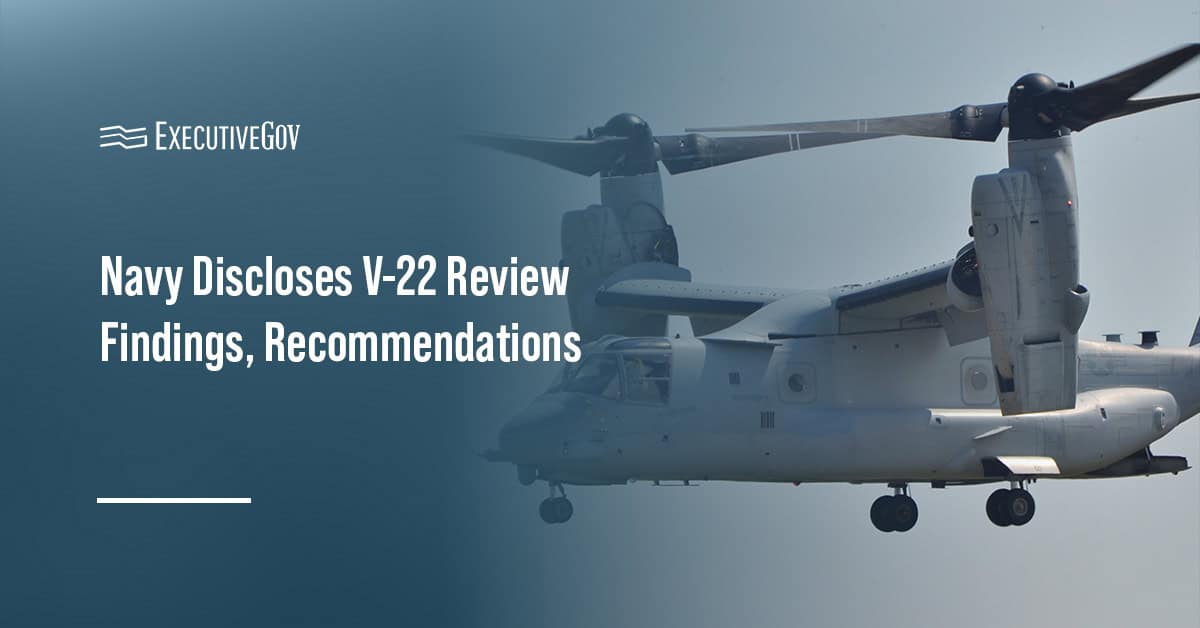 Dave Mihelcic, chief technology officer at the Defense Information Systems Agency, has said that some definitions of cloud that the National Institute of Standards and Technology developed may not be applicable to the Defense Department, C4ISR & Networks reported Thursday.
Dave Mihelcic, chief technology officer at the Defense Information Systems Agency, has said that some definitions of cloud that the National Institute of Standards and Technology developed may not be applicable to the Defense Department, C4ISR & Networks reported Thursday.“So I think the answer that you’re not going to always precisely have the same definition isn’t necessarily a bad answer,â€Â he added.
“In particular, some of the metered billing pieces of [cloud] may not always be applicable to some of the things we need in the department.â€
Amber Corrin writes Mihelcic also previewed some DISA’s plans for acquisitions of cloud platforms.
“We may want to use cloud-like technologies, but we may want to buy them in a slightly more dedicated fashion to ensure quality of service, for example,†he noted.





